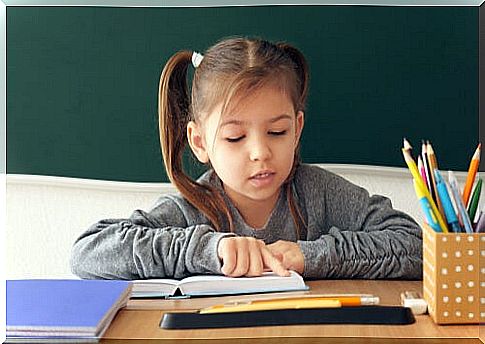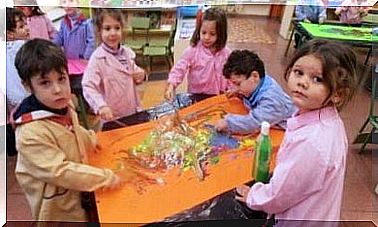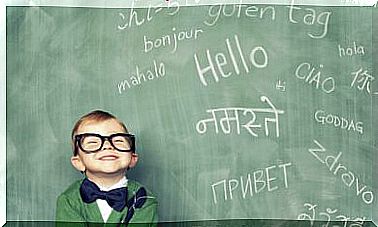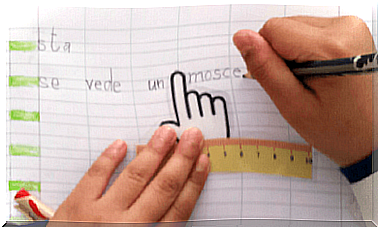Methods For Teaching Children To Read
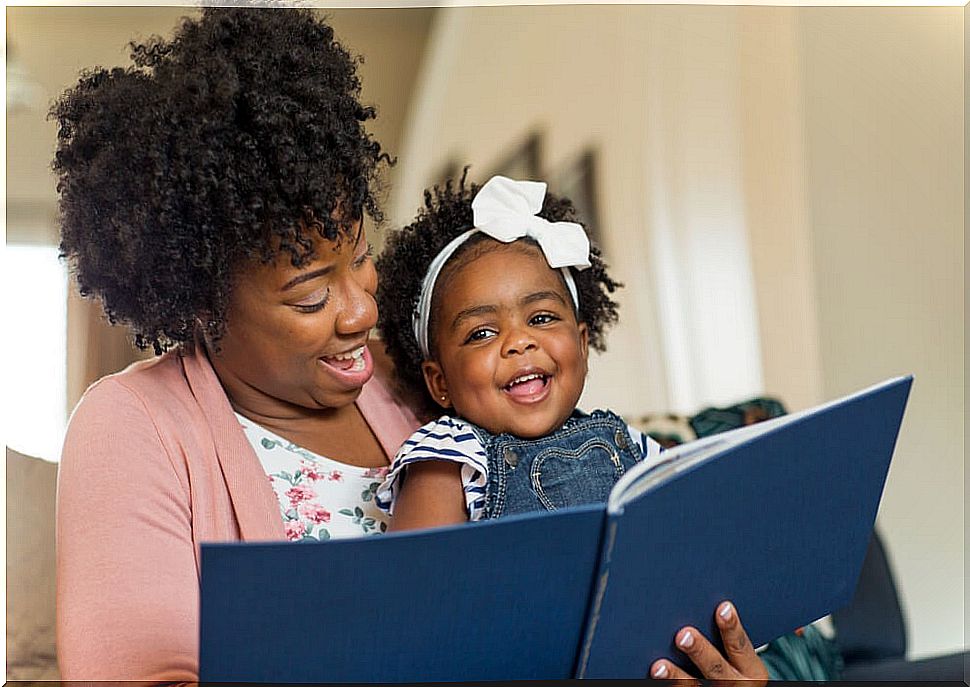
Learning to read is one of the most important things a child will do before they turn 10 years old. Everything in their educational development, from vocabulary expansion to performance in all major subjects, is related to reading ability. So knowing methods for teaching children to read is important.
No two children learn to read in the same way, so there are several methods. The key when looking for methods to teach children to read is often choosing an approach and sticking with it.
Combining methods, teaching strategies, and providing appropriate accommodations in the classroom can be helpful, especially for students who have specific learning needs.
It is important to remember that motivation is key and that we must be patient to avoid introducing negative associations with school and learning.
Pre-reading skills
Children begin to acquire the skills they need to master reading from the moment they are born. In fact, a child as young as six months old can already distinguish between the sounds of his mother tongue and those of a foreign language.
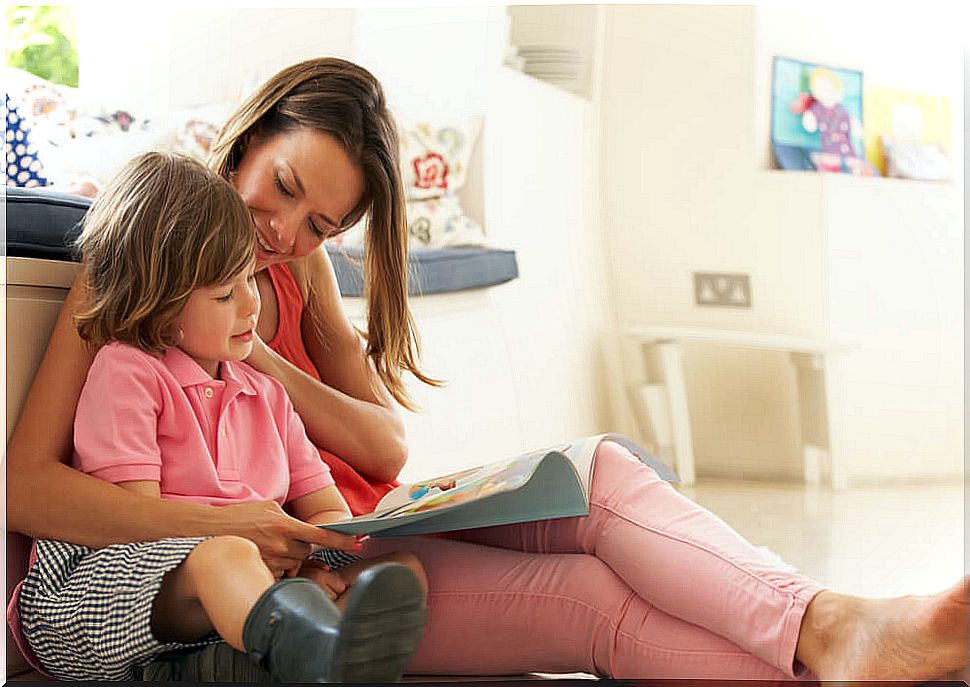
By the age of 2, he has mastered enough native phonemes to regularly produce more than 50 words. Between 2-3 years, many children learn to recognize many letters.
There are many ways that parents can promote their children’s pre-reading skills. Pointing to letters when reading a story is one of them. It can also be helpful to ask the child about his day and talk with him every day to enhance the development of his narrative skills.
It is important to go with children to bookstores and libraries and read with them. The more children read with their parents, teachers, and caregivers, the more we are naturally making books become family pastimes for them.
Methods for teaching reading: phonetics
A phoneme is the minimum phonological unit, the minimum articulation of a vowel and consonant sound. Phonemes are the basic units of spoken language.
In an alphabetic language, sounds are translated into letters and letter combinations to represent words. Therefore, reading depends on an individual’s ability to decode words into a series of sounds. Coding is the opposite process and it is the way we spell.
The Phonetic Method to teach to read part of the letters and the sounds with which syllables, words and then sentences are formed. It is a method that takes us from the simplest to the complex. The letter first and the syllables later have been postulated as easy, and the word and then the sentence as difficult.
This is one of the most popular methods of teaching reading, and also one of the most widely used. At first, progress may be slow and reading aloud stops, but little by little the cognitive processes involved in the “translation” between letters and sounds are automated and become more fluid.
The Whole Word Approach – Sight Reading
This method teaches reading at the word level. The decoding process is skipped, so children are not pronouncing words, but learning to say the word by recognizing its written form.
Context is important and providing images can help. Familiar words may appear on their own initially, then in short sentences, and finally in longer sentences. As their vocabulary grows, children begin to extract rules and patterns that they can use to read new words.
Reading by this method is an automatic process and is sometimes called naked-eye reading. After many exposures to a word, children will sight read most of the vocabulary they find.
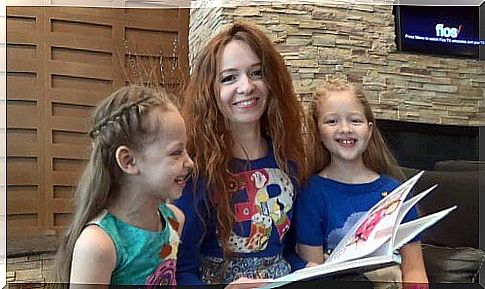
Methods for teaching reading: the Linguistic Experience
The Linguistic Experience Method for teaching reading is based on personalized learning. In it, the words taught are different for each child. The idea is that learning words that the child is already familiar with is easier.
Teachers and parents to apply this method can create stories in which a child’s favorite words are used in different settings. Children, for example, can draw pictures of these words and put them together in a folder to create a special reading book.
We can find and look up these words in children’s literature and use them to help children guess the meaning of unknown words that appear in each context. This develops a great comprehension strategy.
In short, when teaching reading, it is essential to take into account the needs and interests of each child and see how they evolve while also attending to their interests.
